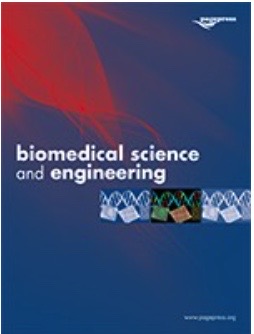 Smart Citations
Smart CitationsSee how this article has been cited at scite.ai
scite shows how a scientific paper has been cited by providing the context of the citation, a classification describing whether it supports, mentions, or contrasts the cited claim, and a label indicating in which section the citation was made.
In vitro microfluidic modelling of the human blood-brain-barrier microvasculature and testing of nanocarrier transport
The blood-brain barrier (BBB) protects the brain from pathogens but also hinders drug delivery to the central nervous system. Most of the BBB models developed up to date failed to reproduce the human anatomical complexity of brain barriers, contributing to less predictive experimental platforms and poor patient outcomes. To overcome those limitations, the development of reliable in vitro models represents a crucial step towards more effective therapies. This contribution was focused on the development of an in vitro microfluidic model of the BBB able to replicate the human neurovascular organization. The microfluidic model included human induced pluripotent stem cell-derived endothelial cells, brain pericytes, and astrocytes as self-assembled microvascular networks in a 3-dimensional fibrin gel. As previously demonstrated, the BBB model exhibited perfusable and selective microvasculature, with permeability lower than conventional in vitro models and comparable with in vivo rat brain. Permeability of polystyrene nanoparticles (NPs) and synthesized polyurethane NP was measured across the BBB model as compared to conventional Transwell assays. This physiologically relevant BBB model offers an innovative and valuable platform to preclinically predict transport efficacy of drugs and carriers.
How to Cite
PAGEPress has chosen to apply the Creative Commons Attribution NonCommercial 4.0 International License (CC BY-NC 4.0) to all manuscripts to be published.








